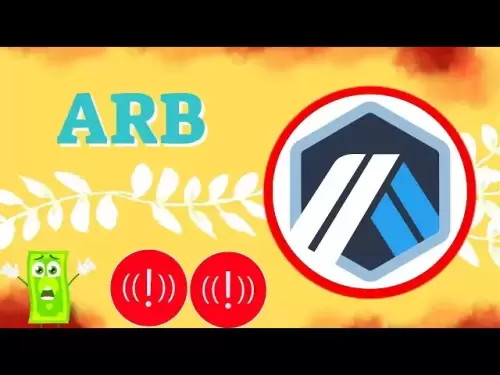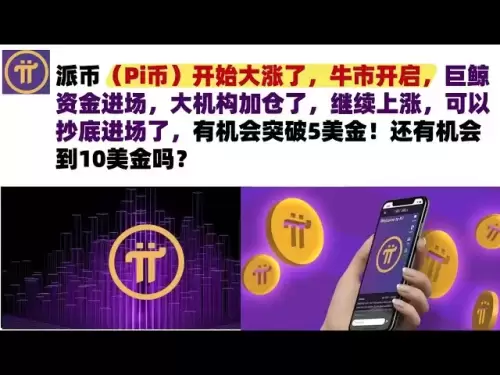-
 Bitcoin
Bitcoin $116700
0.48% -
 Ethereum
Ethereum $4213
6.27% -
 XRP
XRP $3.280
1.22% -
 Tether USDt
Tether USDt $1.000
0.02% -
 BNB
BNB $805.1
2.46% -
 Solana
Solana $180.2
2.65% -
 USDC
USDC $0.0000
0.02% -
 Dogecoin
Dogecoin $0.2412
8.50% -
 TRON
TRON $0.3356
-1.11% -
 Cardano
Cardano $0.8108
3.59% -
 Hyperliquid
Hyperliquid $43.89
8.53% -
 Chainlink
Chainlink $21.15
10.75% -
 Stellar
Stellar $0.4502
1.41% -
 Sui
Sui $3.935
4.69% -
 Bitcoin Cash
Bitcoin Cash $570.7
-1.75% -
 Hedera
Hedera $0.2636
3.28% -
 Avalanche
Avalanche $24.25
4.48% -
 Ethena USDe
Ethena USDe $1.001
0.03% -
 Litecoin
Litecoin $122.0
-0.08% -
 Toncoin
Toncoin $3.445
2.68% -
 UNUS SED LEO
UNUS SED LEO $8.979
-0.08% -
 Shiba Inu
Shiba Inu $0.00001379
6.73% -
 Uniswap
Uniswap $10.91
2.00% -
 Polkadot
Polkadot $4.106
5.39% -
 Dai
Dai $1.000
0.02% -
 Pepe
Pepe $0.00001227
9.07% -
 Bitget Token
Bitget Token $4.507
0.72% -
 Cronos
Cronos $0.1576
3.40% -
 Monero
Monero $272.0
-1.68% -
 Ethena
Ethena $0.7502
21.27%
How to calculate the increase after the SHIB triangle convergence pattern breaks through?
SHIB traders use the triangle convergence pattern to predict breakouts, calculating potential price increases by adding the triangle's height to the breakout point.
Apr 19, 2025 at 08:15 pm
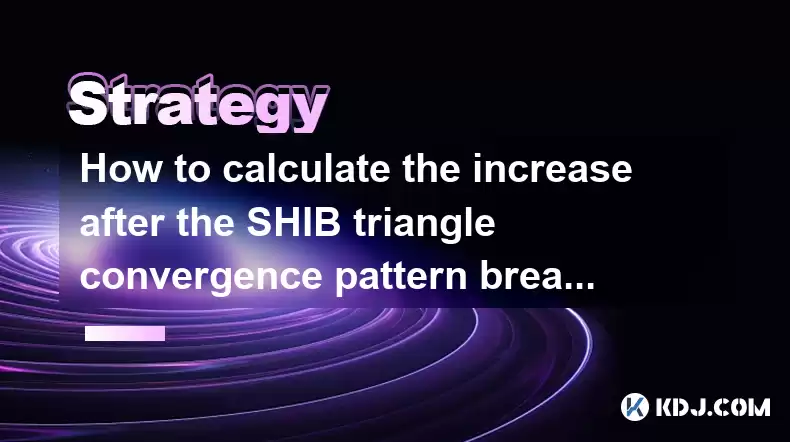
The Shiba Inu (SHIB) cryptocurrency has been a topic of interest among traders and investors due to its volatile nature and potential for high returns. One of the technical analysis patterns that traders often look for is the triangle convergence pattern. This pattern can signal a significant price movement, and understanding how to calculate the potential increase after a breakout is crucial for making informed trading decisions.
Understanding the Triangle Convergence Pattern
The triangle convergence pattern is a common chart pattern used in technical analysis to predict the continuation of a trend. It is formed by drawing trendlines along a converging price range, where one trendline connects a series of higher lows and the other connects a series of lower highs. The convergence of these trendlines creates a triangle shape on the chart.
There are three types of triangle patterns: ascending, descending, and symmetrical. For SHIB, traders often focus on the symmetrical triangle because it indicates a period of consolidation before a breakout. The breakout can occur in either direction, but the direction of the breakout is often determined by the prevailing market sentiment and other technical indicators.
Identifying the Breakout
Identifying the breakout from a triangle convergence pattern is crucial for calculating potential price increases. A breakout occurs when the price moves decisively above the upper trendline or below the lower trendline of the triangle. To confirm a breakout, traders look for increased volume and a sustained move in the breakout direction.
For SHIB, a breakout from a symmetrical triangle can be a strong signal for a potential price increase. Traders should monitor the price action closely and use additional technical indicators, such as moving averages and the Relative Strength Index (RSI), to confirm the breakout.
Calculating the Potential Increase
Once a breakout from the triangle convergence pattern is confirmed, traders can use the height of the triangle to estimate the potential price increase. The height of the triangle is measured from the highest point of the triangle to the lowest point. This measurement is then added to the breakout point to calculate the target price.
Here is a step-by-step guide to calculating the potential increase after a SHIB triangle convergence pattern breaks through:
- Identify the triangle pattern on the SHIB price chart.
- Measure the height of the triangle from the highest point to the lowest point.
- Determine the breakout point, which is the price at which the breakout occurs.
- Add the height of the triangle to the breakout point to calculate the target price.
For example, if the height of the triangle is $0.00001 and the breakout occurs at $0.00005, the target price would be $0.00005 + $0.00001 = $0.00006.
Using Technical Indicators to Confirm the Breakout
While the triangle convergence pattern can provide a clear signal for a potential price increase, it is important to use additional technical indicators to confirm the breakout. Some of the most commonly used indicators include:
- Moving Averages: Traders often use moving averages to identify the overall trend and confirm the breakout. A breakout above a key moving average, such as the 50-day or 200-day moving average, can provide additional confirmation of the breakout.
- Relative Strength Index (RSI): The RSI is a momentum oscillator that measures the speed and change of price movements. A breakout accompanied by an RSI reading above 70 can indicate strong bullish momentum.
- Volume: Increased volume during the breakout is a strong indicator of market interest and can confirm the validity of the breakout.
Risk Management and Stop-Loss Orders
Calculating the potential increase after a SHIB triangle convergence pattern breaks through is only part of the trading strategy. Effective risk management is essential to protect against potential losses. Traders should always use stop-loss orders to limit their downside risk.
A stop-loss order is an order placed with a broker to sell a security when it reaches a certain price. For SHIB, traders can place a stop-loss order just below the breakout point to minimize potential losses if the breakout fails. The exact placement of the stop-loss order will depend on the trader's risk tolerance and the volatility of the market.
Monitoring the Market and Adjusting the Strategy
After calculating the potential increase and setting a stop-loss order, traders should continue to monitor the market and adjust their strategy as needed. The cryptocurrency market is highly volatile, and SHIB prices can change rapidly. Traders should be prepared to adjust their target prices and stop-loss orders based on new market information and price action.
Frequently Asked Questions
Q: Can the triangle convergence pattern be used for other cryptocurrencies besides SHIB?
A: Yes, the triangle convergence pattern is a versatile technical analysis tool that can be applied to any cryptocurrency or financial asset. Traders use this pattern to identify potential breakouts and calculate target prices for a wide range of assets.
Q: How reliable is the triangle convergence pattern for predicting price movements?
A: The reliability of the triangle convergence pattern depends on various factors, including market conditions and the use of additional technical indicators. While the pattern can provide valuable insights, it is not foolproof, and traders should always use risk management strategies to protect against potential losses.
Q: What other technical analysis patterns can be used in conjunction with the triangle convergence pattern?
A: Traders often use other technical analysis patterns, such as head and shoulders, double tops and bottoms, and flags, in conjunction with the triangle convergence pattern. These patterns can provide additional confirmation of potential breakouts and help traders make more informed trading decisions.
Q: How can traders stay updated on SHIB price movements and technical analysis patterns?
A: Traders can stay updated on SHIB price movements and technical analysis patterns by using cryptocurrency trading platforms, following reputable cryptocurrency news sources, and participating in online trading communities. These resources provide real-time data and insights that can help traders make informed decisions.
Disclaimer:info@kdj.com
The information provided is not trading advice. kdj.com does not assume any responsibility for any investments made based on the information provided in this article. Cryptocurrencies are highly volatile and it is highly recommended that you invest with caution after thorough research!
If you believe that the content used on this website infringes your copyright, please contact us immediately (info@kdj.com) and we will delete it promptly.
- Trump, Crypto Vehicle, and WLFI Tokens: A New York Minute on the Latest Buzz
- 2025-08-10 00:30:12
- Wheat Penny Fortune: Unearthing Valuable Coins in Your Pocket Change
- 2025-08-10 00:35:19
- AI Coin Mania: Dubai Millionaires Eye 20x Gains!
- 2025-08-09 23:10:12
- ChatGPT's Hot Takes: Meme Coins to Buy Now for a Wild 2025!
- 2025-08-09 23:10:12
- Jurassic Park Vibes in Your Pocket: The Colourful Canadian Coin Featuring a Dinosaur Eye
- 2025-08-09 23:50:12
- Altcoins on the Radar: VeChain, Ethereum, and the Shifting Crypto Landscape
- 2025-08-09 23:50:12
Related knowledge
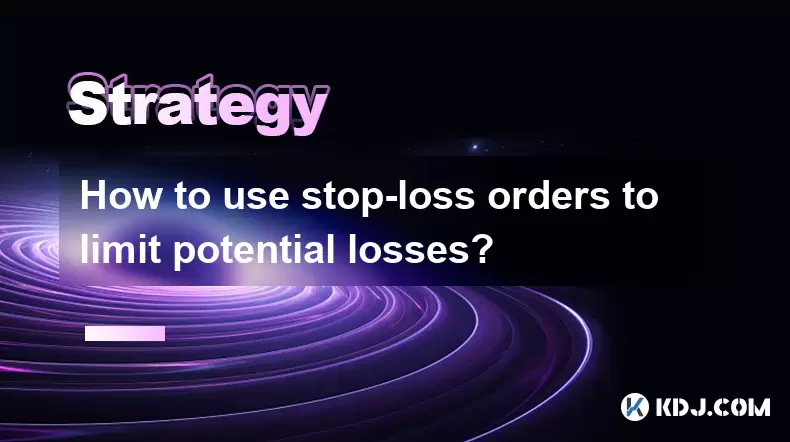
How to use stop-loss orders to limit potential losses?
Aug 08,2025 at 02:01pm
Understanding Stop-Loss Orders in Cryptocurrency TradingA stop-loss order is a risk management tool used by traders to automatically sell a cryptocurr...
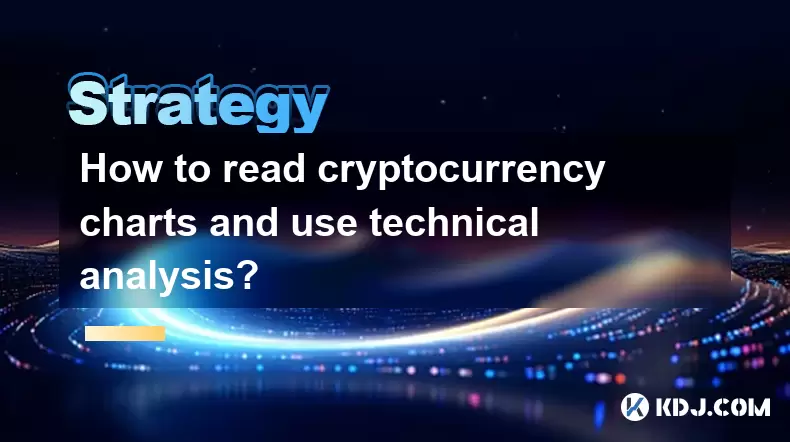
How to read cryptocurrency charts and use technical analysis?
Aug 08,2025 at 11:08am
Understanding the Basics of Cryptocurrency ChartsCryptocurrency charts are graphical representations of price movements over time. These charts are es...
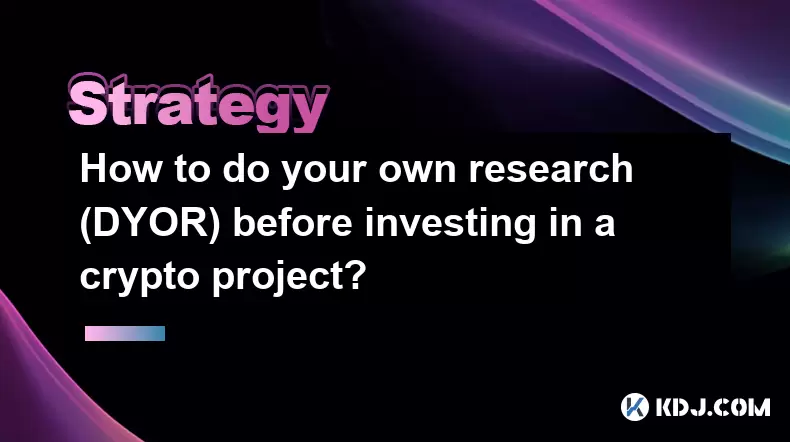
How to do your own research (DYOR) before investing in a crypto project?
Aug 08,2025 at 09:07pm
Understanding the Core Principles of DYOR in CryptocurrencyEngaging in due diligence before investing in any cryptocurrency project is essential to mi...
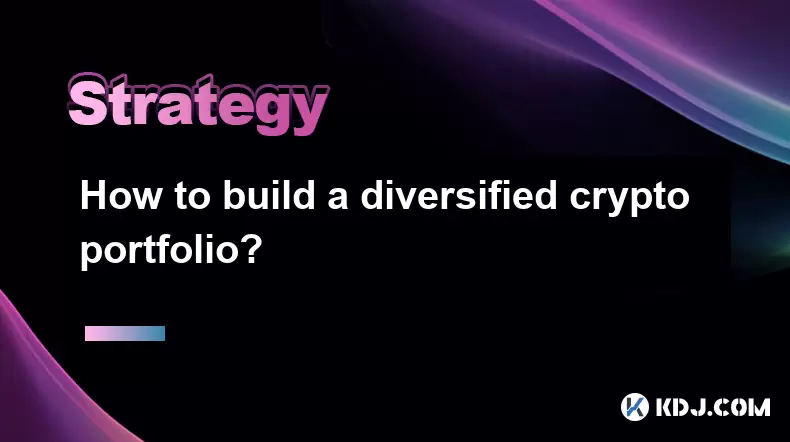
How to build a diversified crypto portfolio?
Aug 09,2025 at 12:21pm
Understanding the Importance of Diversification in CryptoDiversification in the cryptocurrency space is a strategy used to reduce risk by spreading in...

How to avoid common crypto investment mistakes?
Jul 13,2025 at 01:35am
Understanding the Risks of Crypto InvestmentInvesting in cryptocurrency can be highly rewarding, but it also comes with significant risks. One of the ...

What is a long-short crypto strategy?
Jul 15,2025 at 10:56am
Understanding the Basics of a Long-Short Crypto StrategyA long-short crypto strategy is an investment approach where traders simultaneously take long ...

How to use stop-loss orders to limit potential losses?
Aug 08,2025 at 02:01pm
Understanding Stop-Loss Orders in Cryptocurrency TradingA stop-loss order is a risk management tool used by traders to automatically sell a cryptocurr...

How to read cryptocurrency charts and use technical analysis?
Aug 08,2025 at 11:08am
Understanding the Basics of Cryptocurrency ChartsCryptocurrency charts are graphical representations of price movements over time. These charts are es...

How to do your own research (DYOR) before investing in a crypto project?
Aug 08,2025 at 09:07pm
Understanding the Core Principles of DYOR in CryptocurrencyEngaging in due diligence before investing in any cryptocurrency project is essential to mi...

How to build a diversified crypto portfolio?
Aug 09,2025 at 12:21pm
Understanding the Importance of Diversification in CryptoDiversification in the cryptocurrency space is a strategy used to reduce risk by spreading in...

How to avoid common crypto investment mistakes?
Jul 13,2025 at 01:35am
Understanding the Risks of Crypto InvestmentInvesting in cryptocurrency can be highly rewarding, but it also comes with significant risks. One of the ...

What is a long-short crypto strategy?
Jul 15,2025 at 10:56am
Understanding the Basics of a Long-Short Crypto StrategyA long-short crypto strategy is an investment approach where traders simultaneously take long ...
See all articles





















